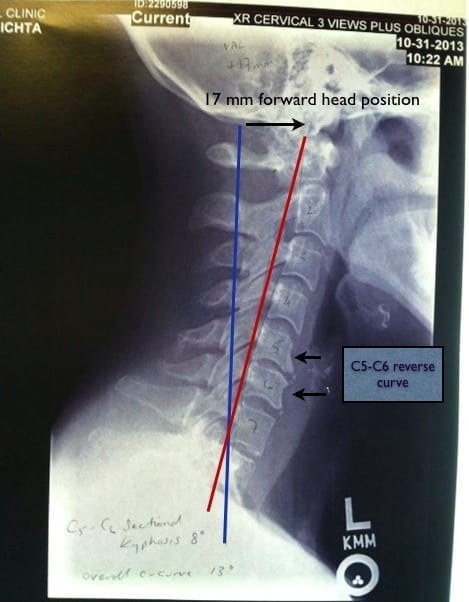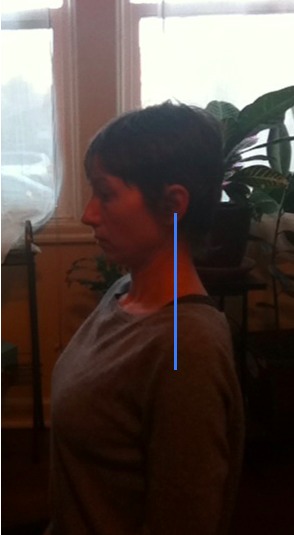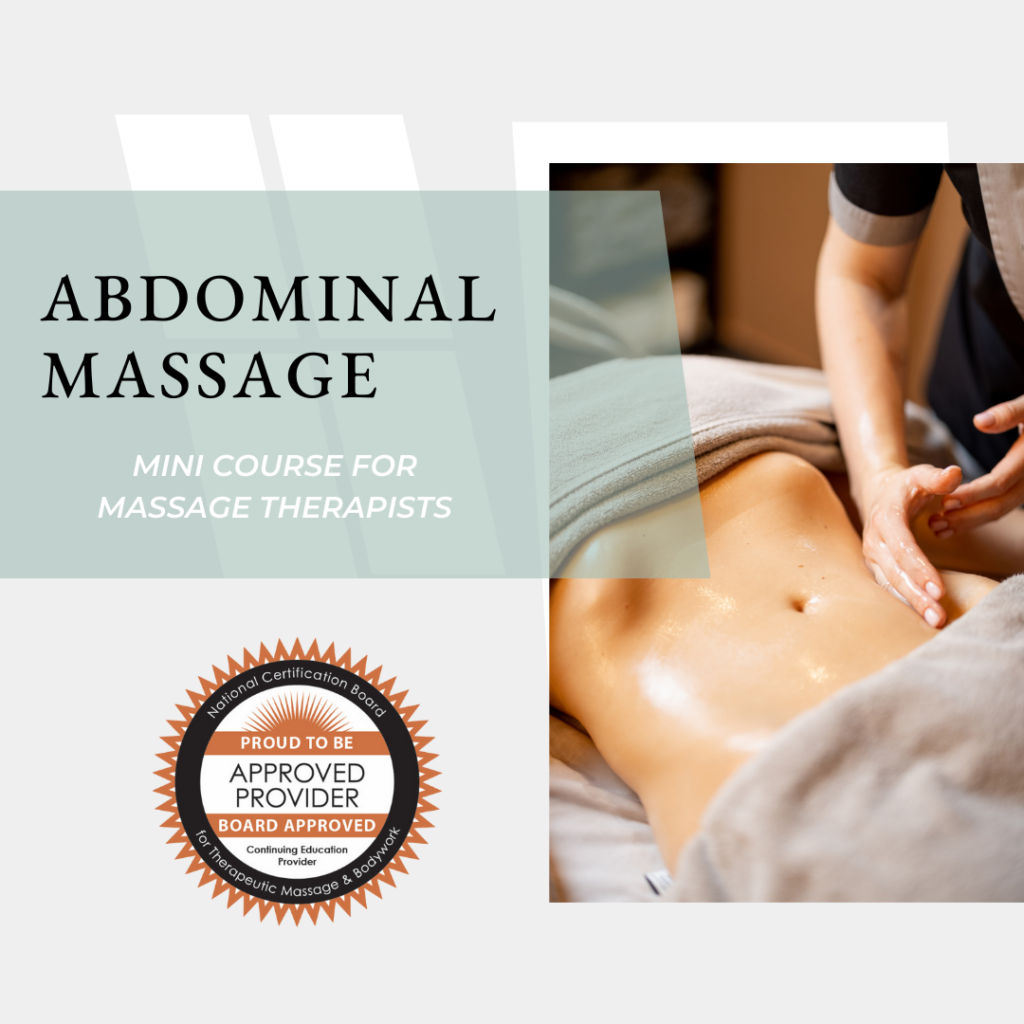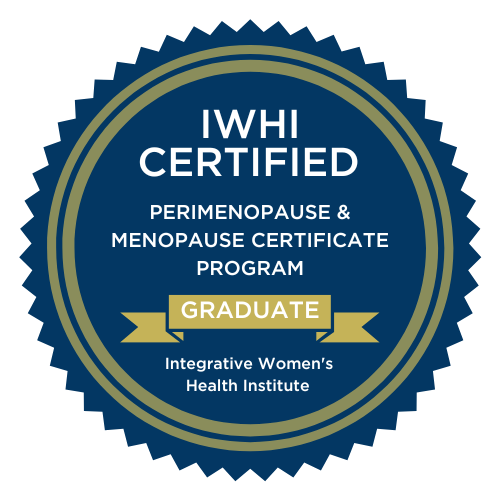“For every inch of Forward Head Posture, it can increase the weight of the head on the spine by an additional 10 pounds.” -Kapandji, Physiology of Joints, Vol. 3
The image below is an x-ray of my neck. The blue line is where my head is supposed to line up, the red line indicates that my head is actually 17 mm too far forward. The average human head weighs between 8 and 12 pounds. Mine weighs 8 lbs. (yes, I weighed it). Before all the physics majors email me, I know this isn’t an accurate measurement of weight when taking into consideration the force generated by shortened muscles (and of course the weight added to my brain by the massive amount of studying I just did), but it’s close enough. Anyway, 17mm is about .67 of an inch, so I’m guessing I’m adding about 7.5 lbs of weight. The point is, my cervical extensor muscles are burdened with the task of holding up this extra weight against the force of gravity. A forward head position can cause suboccipital pain, headaches, upper back and neck pain (these were my symptoms). It’s not uncommon to see folks with their head three inches forward from where it should be. Forward head position can also cause TMJ pain, sleep apnea, increase the risk of choking while eating, inefficient breathing, disc compression, “foggy” brain and turbulent blood flow (which leads to artery wounding, inflammation, and plaque formation). That’s why I’m making it my personal goal to improve my head position.

Here is my plan of action:
1. I vow to stop sitting like a vulture. Yes, I should congratulate myself for ditching the couch for a yoga bolster, but it does me no good if I sit like a Vulture (I’ve also started having weird cravings for roadkill).

Tip: Post a picture of a vulture on your desk for alignment motivation.
2. Ramp my head back. Ideally, your ears should be aligned with your shoulders. You should NOT have Shar-Pei-like wrinkles at the back of your neck. To ramp: lower your chin as you gently glide your head back. In the pic below, I am ramping (yeah!), but I’m cheating (Booo!!). Can you tell how I’m cheating?
I’m lifting my chest and rotating my rib cage up and back (think mini backbend) to meet my ear position. This is a common maneuver people use to “sit up straight” and mask their hyperkyphosis. Posture is different than alignment. Thrusting your ribs may look like you’re correcting your alignment (to the untrained eye), but you’ll only create additional dysfunction and pain. How you get there matters!
3. Don’t forget the pelvis! If you must sit at work, sit with your pelvis in neutral. A posterior tilted (tucked under) pelvis encourages your body into a C shape and makes it impossible to get your head into neutral.
4. Yoga Tune Up for suboccipital muscles and the TMJ- Yeah Baby! Damn, this feels good!
I love this one as well:
5. Relax the eyes. Take short 10-second breaks every 10-15 minutes of focused computer work to look away, expand your gaze, and relax it. Always focusing on what’s right in front of you can lead to muscle tension around the eyes and nearsightedness, which in turn can cause more forward craning of the head. I’ve noticed my eyes are hyper-focused even during my walks! It feels so good to let that intense focus go while expanding my view on the horizon. Instantly, I feel the two vertical lines between my eyes (what I call my “What the f*#k?” lines) soften. I even have to remind myself to relax my eye muscles when my eyes are closed! While there isn’t an APP to remind you to relax your eyes during sleep, there is one for computer time, it’s called Time Out.
Practice these short self-care exercises several times a day and be mindful of your habits. Working out for an hour at the gym every day doesn’t undo fifteen hours a day of sitting with a forward head position. The same goes for bodywork. Massage therapy, chiropractic, myofascial release, and Rolfing from skilled practitioners can be invaluable on your journey to better alignment. I’ve personally experienced relief from my neck pain and tension while receiving an abdominal massage and have seen the same with many of my clients. Even though these modalities can be very helpful, doing your homework is essential. With self-care, you can improve your alignment and prevent many physical ailments. As always, be gentle with yourself- you didn’t become avian overnight.









Great Post!
Thanks Susan!
I love this post! I’ve been working on getting my head back for years (sigh). It IS better than it used to be. I have Katy’s DVDs (did the “From the Shoulders Up” the other night to my neck’s great relief). The Yoga Tune Up feels so good too! Between you and Katy reminding me to ramp up the neck and keep those ribs down, I will persevere.
Since I’ve been “leading with my chin” for decades, I now have those Sharpei wrinkles in the FRONT of my neck. Any suggestions?
Hi Dianne, When you first start ramping after years of forward head position, you may notice a “double chin”. Is that what you are referring to? If so, that’s totally fine, it means you’re ramping correctly. I first noticed about 10 years ago that I had the wattle under my chin. The wattle was from years of forward head and chin up position which stretches out skin on the front of the neck. Since I have been ramping my head back for the last two years, the wattle has diminished!
I was interested in this blog because I have some major kyphosis going on… Like really major. Remember the forever 21 blog Katy did ? Yea. Ha. So anyway I’m anxious for those exercises with the bands 😉 and was wondering, did you have an x ray done when you first started? Like to compare then to now? Just wondering if you did , if you could see a difference. I know this takes time but it’s hard not to be anxious to move things along because I can see it so obviously when I align as much as I can and it’s annoying and frustrating !! Lol but so thankful it was brought toy attention in the first place. 🙂
Hi Kathryn, Unfortunately I didn’t get X-rays before my RE training. I wish I had because I know it is much better now. My symptoms of neck ache and headache have greatly diminished. The little wattle that was below my chin has also disappeared! I have been ramping for about two years now, but I haven’t been as consistent with the other focused neck/shoulder RE until recently. I’ve mostly focused on lower body and psoas work. Katy’s shoulder opening Alignment Snacks are great for those with hyperkyphosis- The internally rotated upper arms and shortened pecs need to be addressed when dealing with hyperkyphosis (in fact, that’s probably where it all started).
Even though you may still have hyperkyphosis, it’s probably gradually improving. We tend to focus on totally reversing 30 years or so of improper body mechanics and miss our “smaller” accomplishments along the way. I may never totally get my natural cervical curve back, but I know for a fact that I won’t degenerate my discs, or choke on my food when I’m 70. 🙂
Thanks 🙂 yes tight chest is a major problem area for me… I trusted my ribs and lifted my chest for so long then add three kids carried wrong way, nursing etc. I know I have a looong way to go 🙂 thanks for encouragement
Love this post. I’ve been working on (intermittently) ramping up over the last year and I have a question. Should this have an effect on your bite? Whenever I ramp up it seems that I can’t get my teeth to come together in a normal way. It also feels like I have to look up more, which makes sense to me, but I’m having trouble understanding the exact relationship between the jaw muscles and how ramping up changes them.
Hi Leah, google an image of the platysma muscle and that will probably answer your question. There may be several factors that come into play depending on your unique situation. Since muscle crosses joints, it makes sense that when you change your position and lengthen or shorten muscles it will affect tension in the joints. BTW, the teeth should only be touching during chewing.
As you probably already know, (but I’ll mention here in case others are curious)- when you first start dropping your chin, it feels like your eyes are looking up because you probably have had chin up position for so many years causing you to look down with your eyes. The muscles below and above the eyes are now being used differently.
Thanks for the reply. I did realize that about the eyes and will google the image of the platysma. Thank you for the info about teeth not meeting unless you are chewing. I worked in several denstists offices and was trained as a dental assistant and never heard this!
Thanks so much for your post today! The neck stuff is great. I watched the videos and already have the balls. Immediately I felt better and could smile easily/1
Hi monkey! Will head ramping lessen the boney hump at the base of my neck? The Kyphosis is resolving in my upper back, but the last vertebrae looks very out of line with my neck, can this be resolved over time? Awesome work on this blog, massive thanks!
Hi Sue! I’m not sure if head ramping will resolve that issue on its own, but I should keep it from getting more pronounced. Most likely consistent self-care massage with yoga tune-up balls, or massage from an LMT would be in order (depending on your current health). It would also be important to look at your surrounding tissues, addressing tension around pecs and clavicles if your arms are internally rotated and shoulders elevated.
Thanks soooo much! Have balls, will roll! 🙂
I learned from Jerry Maquire that the human head weighs 8 pounds. https://www.youtube.com/watch?v=RWaWKQqoyu4
I know this post is a couple years old, but in the intervening time an eye break app has been developed! It’s called Eyecare.
Has anyone who has been trying to correct their forward head posture noticed that it caused your ribs to be sore…probably from the heaviness of your head being more over your ribs/spine…thank you!
I’m wondering if you are using force to correct your head position, or if you’re actually lifting and rotating your whole ribcage to get there? Your head being in alignment over your spine shouldn’t cause your ribs to hurt. Are you doing the correctives, or just ramping the head back? I would start with the correctives and work toward alignment gradually to give your tissues time to adapt. Also work on pelvic alignment and ribcage alignment first.
When I try to ramp my head back, it feels harder to swallow and breathe. I feel like I must be doing something wrong.
I have been working my way up from my feet for a couple of years now, and it’s time I tackle my hyperkyphosis and related upper body issues!
I get what you mean. I would back off from forcing a head ramp. Maybe just start with dropping your chin. Not in a forceful way, but just stop lifting it up. You may also need to work on releasing the tight posterior neck muscles by doing, the “A Real Pain in the Neck” Alignment Snack, the “head hang” or yoga tune-up for the neck and shoulders, and/or see a massage therapist. The main thing to remember is don’t force “alignment” and it’s not about being perfect. Give your tissues time to adapt.